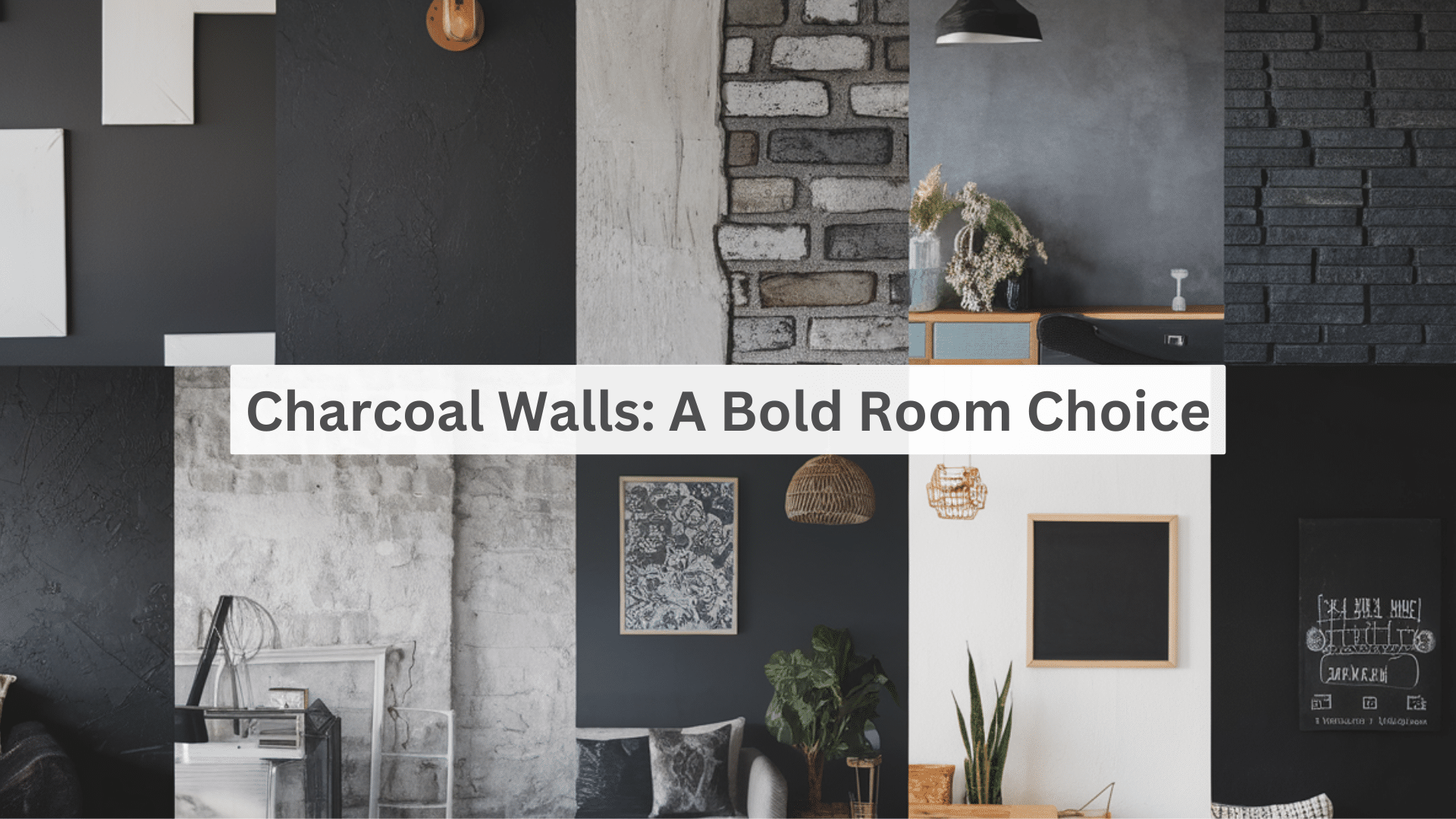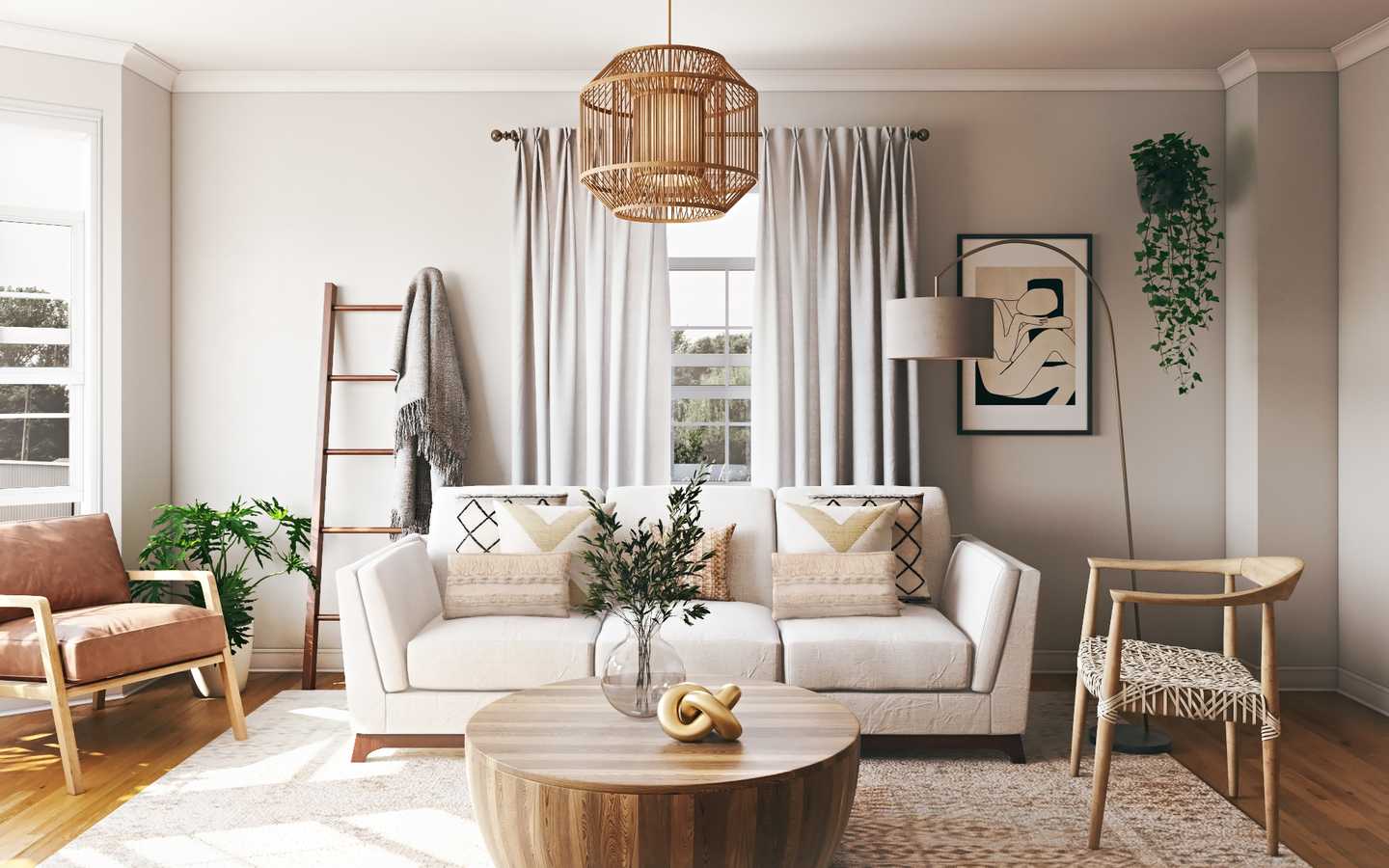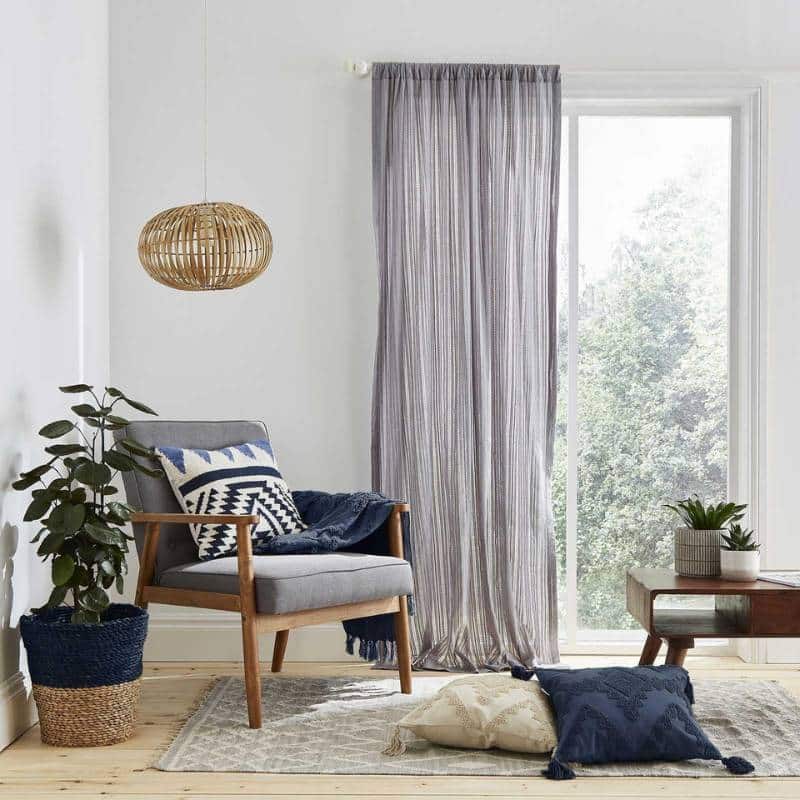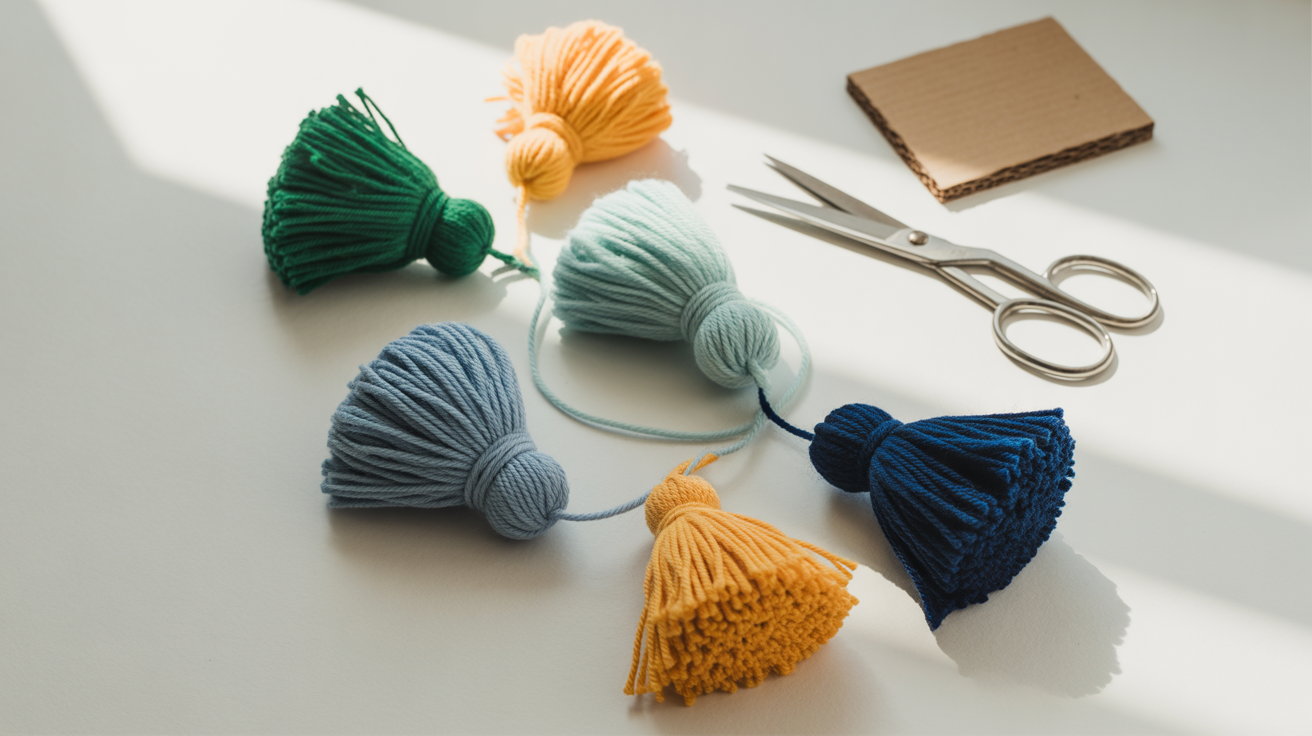Curating a Collection of Art That Complements Your Home Style
Art has the remarkable ability to transform a house into a home. It breathes life into your space, creating visual harmony and showcasing your personality. Whether you’re an experienced collector or just beginning your journey, curating an art collection that aligns with your home style can feel both exciting and daunting.
With a little guidance and planning, you can create an environment that reflects your tastes, enhances your decor, and tells your unique story.
Decorating with art isn’t just about picking pretty pictures; it’s about choosing pieces that evoke emotion and balance your home’s aesthetics. In this guide, I’ll provide practical tips for curating an art collection that complements your home style, so your walls and spaces can truly come alive.
Understand Your Home’s Personality
Every home has a personality—whether it’s sleek and modern, warm and rustic, or vibrant and eclectic. Before you start choosing art, it’s essential to define your home’s style and how you want art to enhance it.
Assess Your Space:
- Consider your color palette. Take note of the dominant colors in your home, including your furniture, walls, and textiles. Your art can either harmonize with these tones or provide a striking contrast.
- Examine your furniture and architecture. Do you have clean, modern lines that would pair well with abstract pieces? Or are you drawn to vintage furniture, suggesting a preference for classic or romantic art styles?
- Identify focal points. Decide which walls or spaces are most in need of art. Large blank walls often benefit from oversized pieces, while smaller nooks can shine with intimate works.
Define Your Goals:
What do you want your art to achieve? Do you want it to spark conversations, inspire relaxation, or add drama to a space? Understanding your goals will help narrow your choices.
Pro Tip:
Start a mood board. Save images of art and interiors that resonate with you to see patterns in your preferences. This can help guide your vision as you start building your collection.
Multi-Panel Wall Art: Creating Visual Impact
For an eye-catching centerpiece, few options are as dynamic as multi-panel wall art. These pieces, often diptychs, triptychs, or polyptychs, consist of multiple panels that together form a cohesive image. They offer a sense of movement and scale that single-panel works can’t always achieve.
Why Choose Multi-Panel Art?
- It creates a bold statement. Multi-panel art works beautifully in larger spaces, like above a sofa, dining table, or bed.
- It adds depth and dimension. The segmented panels naturally guide the viewer’s eye across the piece, creating a sense of flow.
- It’s versatile. These pieces come in various configurations, making them adaptable to different spaces.
Placement and Styling Tips:
- Measure your wall space. Multi-panel art often spans several feet, so it’s important to ensure the panels fit comfortably.
- Spacing matters. Panels can be hung tightly together for continuity or spaced out slightly for a modern effect.
- Choose the right subject. Abstract designs, landscapes, or even photo-based panels can complement contemporary or transitional decor.
For a dramatic look, try pairing a multi-panel piece with understated furnishings. This creates a perfect balance, letting the art shine as the focal point of the room. For instance, the symmetry and continuity of a 3 piece art set will naturally draw the eye, creating a harmonious and balanced focal point in the room.
Start Small: Building Your Collection Gradually
Building an art collection doesn’t mean buying dozens of pieces overnight. In fact, starting small allows you to experiment and develop your taste without feeling overwhelmed.
Tips for Finding Art:
- Explore local galleries and art fairs. Supporting emerging artists can give your home a unique, personal touch.
- Check out online platforms. Websites like Saatchi Art, Society6, and even Instagram make it easy to discover art that suits your budget and style.
- Shop secondhand. Thrift stores, flea markets, and auctions are treasure troves for affordable, one-of-a-kind finds.
Experiment with Mediums:
A rich collection blends various types of art. Consider:
- Paintings. Oil, acrylic, or watercolor.
- Photography. From landscapes to abstract compositions.
- Mixed media. Layered techniques or textured pieces.
- Sculptures. Small tabletop pieces or larger installations.
Pro Tip:
When starting out, choose a single statement piece for each room. This will help anchor the space while you expand your collection over time.
Functional Art: Blending Aesthetics and Utility
Art doesn’t always have to be hung on walls—it can also serve a practical purpose. Functional art pieces are decorative items that also serve a purpose, adding beauty and personality to everyday objects.
Examples of Functional Art:
- Furniture. Look for sculptural chairs, tables with artistic bases, or custom-built shelving that doubles as a conversation piece.
- Lighting. Chandeliers, pendants, or lamps with artistic designs can bring both style and ambiance to a room.
- Textiles. Artistic rugs, embroidered pillows, or even handwoven blankets can bring texture and visual interest to your space.
Why Choose Functional Art?
- It adds layers to your decor, combining form and function in unexpected ways.
- It’s an excellent conversation starter. Visitors will appreciate the creativity and thoughtfulness behind your decor.
Functional art bridges the gap between utility and beauty, making your home a unique reflection of your style.
Telling Your Story with Art: Mixing Styles and Mediums
A curated art collection should feel like an extension of your personality. Don’t be afraid to mix different styles, mediums, and even eras to create a collection that feels layered and authentic.
How to Mix Styles:
- Combine old and new. A modern abstract painting can pair beautifully with a vintage oil portrait.
- Blend cultures. Incorporating art from different parts of the world adds depth and character.
- Play with textures. Pair flat, minimalist pieces with richly textured works like tapestries or sculptures.
Display Ideas:
- Gallery walls. Create a curated wall by arranging multiple pieces in varying sizes and frames. This works well in stairwells, hallways, or living rooms.
- Lean art. Prop smaller framed pieces on shelves or against walls for a casual, lived-in vibe.
- Rotating displays. Keep your collection fresh by swapping out pieces seasonally or whenever you want a change.
Pro Tip:
When mixing styles, look for a unifying element—whether it’s a shared color, theme, or mood. This will help your collection feel cohesive even when it includes a variety of works.
Conclusion: Art That Complements and Inspires
Curating an art collection is a deeply personal journey, one that evolves as you discover new artists, styles, and inspirations. By taking the time to understand your home’s style, starting with foundational pieces, exploring multi-panel art, and blending functionality with creativity, you can create a space that feels uniquely yours.
Remember, art is more than decoration—it’s a form of self-expression and a way to connect with the world around you. Whether your collection begins with a single cherished painting or grows into an eclectic mix of styles and mediums, let each piece reflect your story.
So, step into the world of art with curiosity and confidence, and let your home become a canvas for beauty, emotion, and inspiration.







